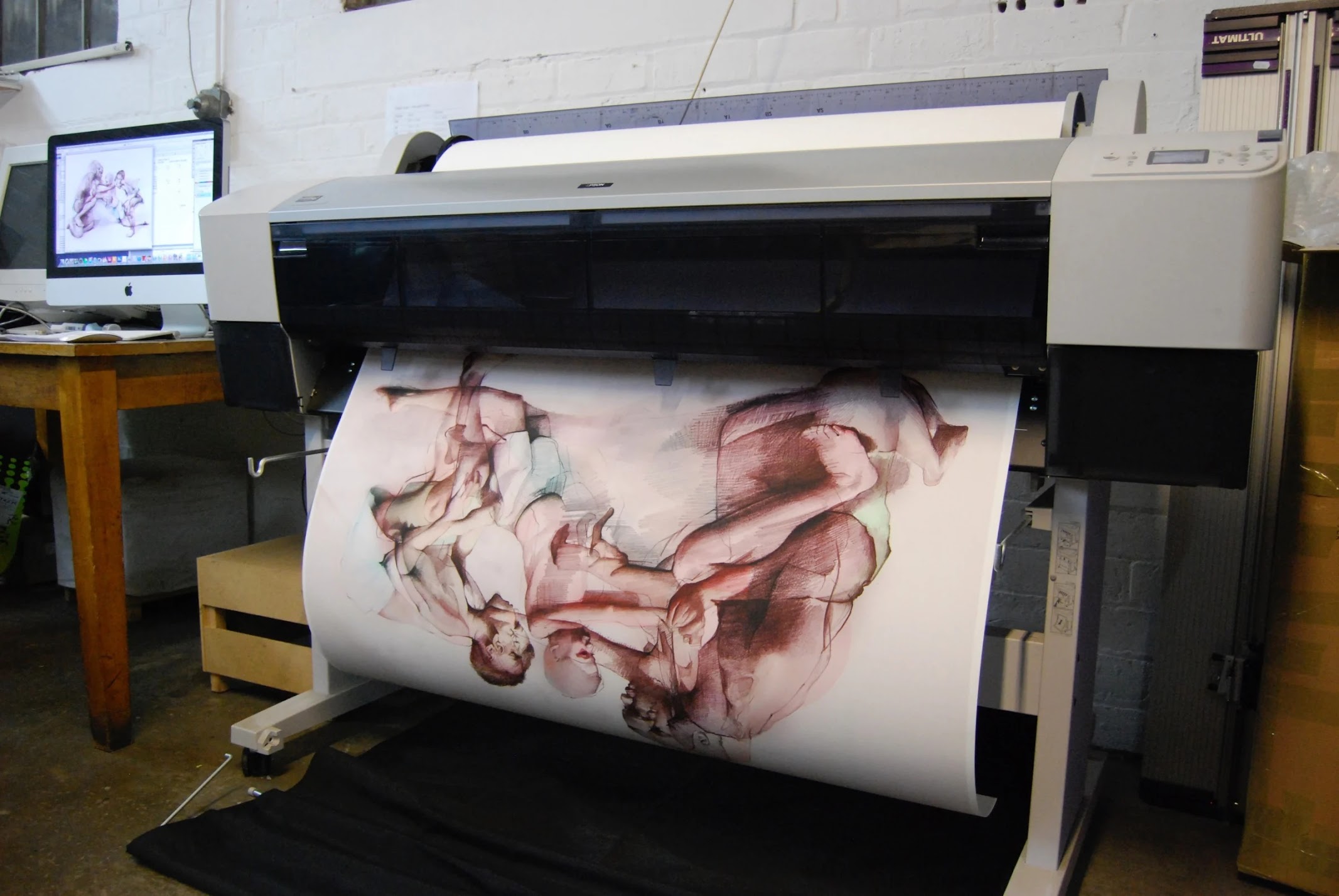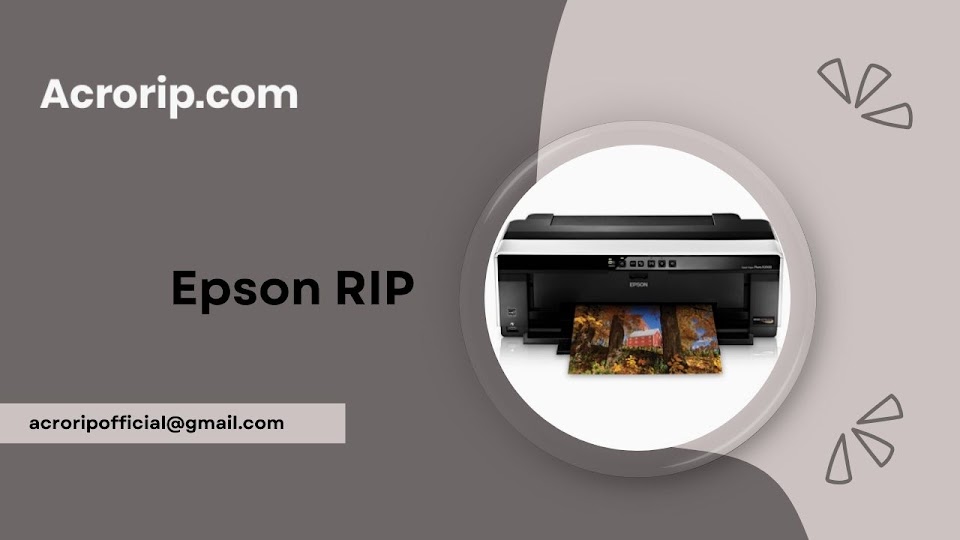What are Printer RIP and its benefits?
Computers and printers speak different languages. You must translate the computer language into the printer language so that the final printed product matches the computer screen. The result can be very unexpected and expensive if the artwork does not include a translator to go through the printer.
Technically, RIP is software used in a printing workflow that creates a raster image, also called a bitmap, from a page description language such as PostScript, Portable Document Format, XPS, or another bitmap of higher or lower resolution. Bitmaps go to a printing device for output. Read on to explore the topic more.
What is Printer RIP?
A raster image processor (RIP) is software that converts (rasterizes) computer vector files (InDesign, Illustrator, Photoshop, PDF, JPG) into raster images which consist of a matrix of dots that the printer understands and can print. Raster images are like pixels on a computer screen. RIP software processes multiple content types for a particular printing environment and sends this processed data to the printer for final output.
RIP software can handle many file types and sizes. In addition, most RIP programs have an ICC Color Profiler (International Color Consortium) with colour management enabled. Powerful ICC colour profile management maximizes ink gamut. Using a RIP increases the file's resolution, so you can also enlarge the image for printing without losing detail.
RIP is a critical component of the printing process because it determines the printed product's colours, halftone images, and resolution. The quality of your RIP software directly determines the quality of your output. It ensures reliable colour reproduction, saving time in the long run and reducing waste from multiple reprints.
RIP is a critical component of the printing process because it determines the printed product's colours, halftone images, and resolution. The quality of your RIP software directly determines the quality of your output. It ensures reliable colour reproduction, saving time in the long run and reducing waste from multiple reprints.
What are the advantages of the Printer RIP?
- Easy file placement (scaling, cropping, rotation)
- Use multiple print queues for different media to create a more efficient printing process.
- Greater colour accuracy on specific media and the ability to calibrate and profile the printer.
- It can obtain manual or automatic placement of multiple files on one sheet.
- RIP printer software ensures consistent quality across all printers if you have multiple printers.
- Fewer reprints mean lower paper and ink consumption costs.
- You can also save valuable time by simultaneously printing the same material from various printers.
Key Takeaway
Upgrade to printer RIP instead of waiting for one file to print before starting another. The Raster Image Processor software uses the "3Ps" (print one file, process another, print another, prepare the job) and control them all simultaneously.



Comments
Post a Comment